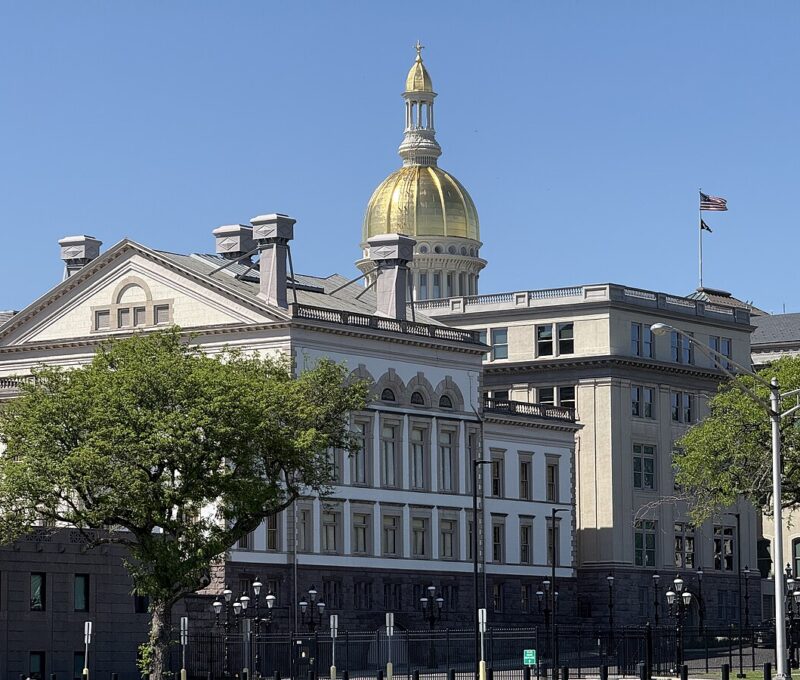2025: A Surge of Freedom for Every Child’s Education
June 12, 2025
Policies to Empower Families and Expand Educational Choices In 2025, states across the nation have boldly reshaped education, dismantling rigid, one-size-fits-all systems and handing families the keys to their children’s futures. Here’s how the biggest policy changes of the year are redefining what’s possible, state by state. Texas redefined the scale of education freedom with Senate Bill 2. Signed by Gov. Greg Abbott and fueled by a $1 billion investment, it will be the largest ESA launch yet. February polling showed 75% of Texans want this for every kid. Beginning next school year, this universal ESA program offers $2,000 for…
Landry: Don’t bench kids for choosing their school
September 25, 2025
When Alabama passed the CHOOSE Act, it promised families educational freedom. But the Alabama High School Athletics Association’s response—benching students who use school choice for an entire year—turns that promise into a punishment. Gov. Kay Ivey and Speaker Ledbetter are right to push back against this barrier that forces families to choose between exercising their educational agency and athletics. Last May, Gov. Ivey signed the CHOOSE Act, which empowers families to enroll in an education savings account program to fund and personalize their child’s education. For many kids, that’s simply using the program to attend a private school, while for…
Idaho’s Education Transformation: Empowering Families and Students
June 25, 2025
Over the past few years, Idaho has emerged as a national leader in education reform, prioritizing family choice, student-centered learning, and innovative policies that break down barriers. Gem State leaders listened to families, and in just five years, implemented groundbreaking changes to ensure every child has access to an education tailored to their unique needs. 2020: Strong Students, Strong Families Program Sparks Demand Idaho’s journey toward education freedom began gaining momentum with the Strong Students, Strong Families program to empower families struggling during the COVID-19 pandemic with up to $1,500 for their child’s education. The program saw overwhelming interest, serving…
















